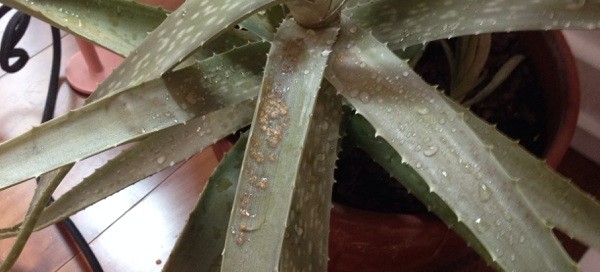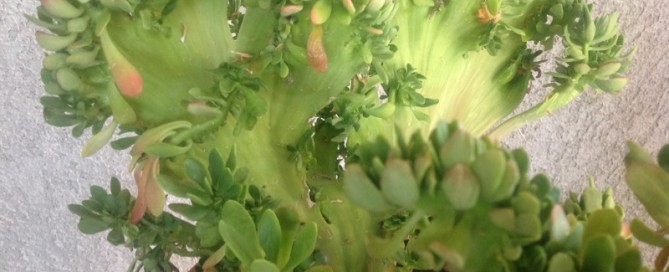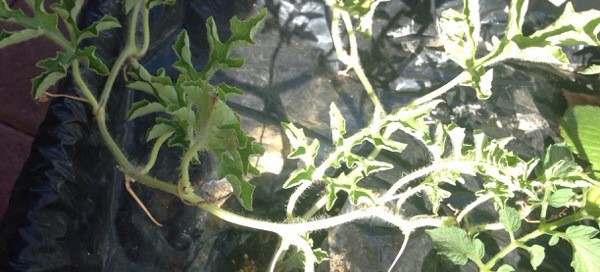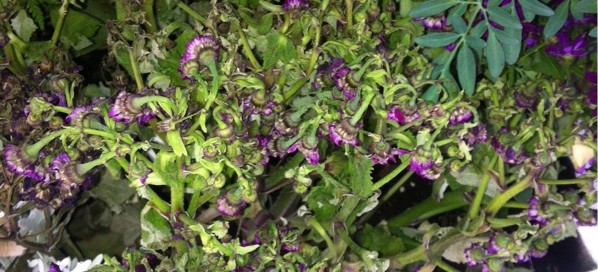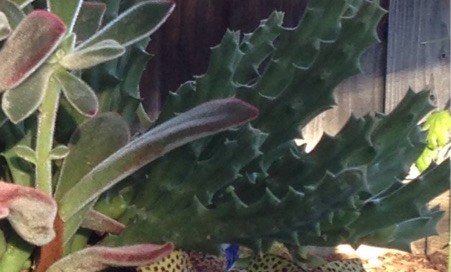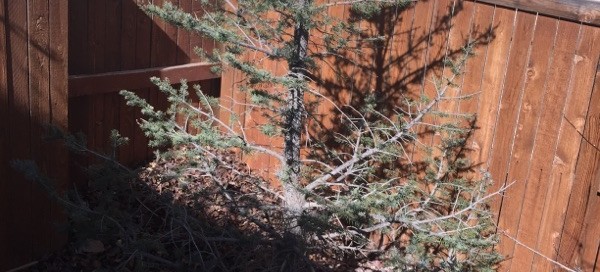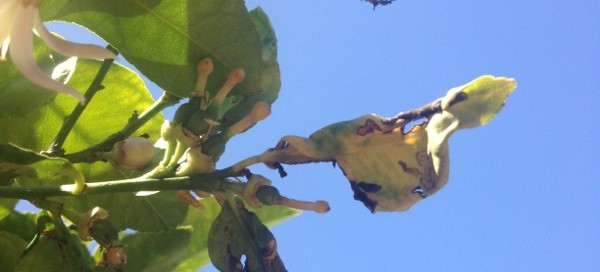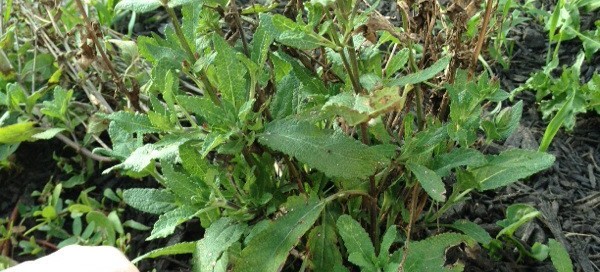Aloe Vera Color Change
Your aloe should do fine outdoors as long as it doesn't freeze. Moving into the sun is a good thing and they rarely have that bright green color when grown outdoors. In fact in full sun they usually take on kind of a bronzey-pink cast to them. They will also grow in a much tighter rosette with the leaves more upright rather than splayed out the way they look now. I would suggest making the move to full sun gradually, starting with filtered sun so as to not possibly burn it due to its tender "indoors" skin. The only other thing I can offer is that when you water it, do it thoroughly, but don't water again until the soil has become some what dry first, say a couple of inches down in the pot. The easiest thing to do is just stick your finger in and give a feel.
